Analysis of High-Speed Rail Development Schemes in Southeast and South Asia
- Colloquium
- Integrated Transport, Arterial Transport, Urban Transport
- Railways and Railway and Area Development
The 158th Transport Policy Colloquium -ASEAN-India Regional Report- (Hybrid event)
※Language:Japanese

| Date / Time | Mon, Jan 15,2024 |
|---|---|
| Venue | Hybrid event ( [Venue] JTTRI 2F Conference Room and ZOOM participation) (Languages: Japanese only) |
| Event Number | The 158th |
| Theme | Lecture and Comment MINAMI Yusuke Research Fellow Japan Transport and Tourism Research Institute ASEAN-India Regional Office KAKIZAKI Ichiro Professor, International College of Liberal Arts, Yokohama City University Discussion Coordinator:YAI Tetsuo President for Research, JTTRI |
Event Summary
In October 2023, the Jakarta-Bandung HSR was launched as the first high-speed railway of Southeast and South Asia. HSR development is now underway in Thailand and India, while countries like Vietnam, Malaysia and Singapore are exploring the development of their HSR systems. There is a growing interest in HSR in this region. A closer look of existing projects highlights their characteristics in terms of these countries’ relationship with partnering nations and schemes adopted for HSR development.
This Colloquium examined multiple HSR projects in place in Southeast and South Asia, identifying and comparing the background and status of their development schemes covering planning processes, fundraising methods and construction approaches. The characteristics and challenges of these factors were presented for discussion that assist the future development of HSR projects.
※Click here for more information.
Mainly related SDGs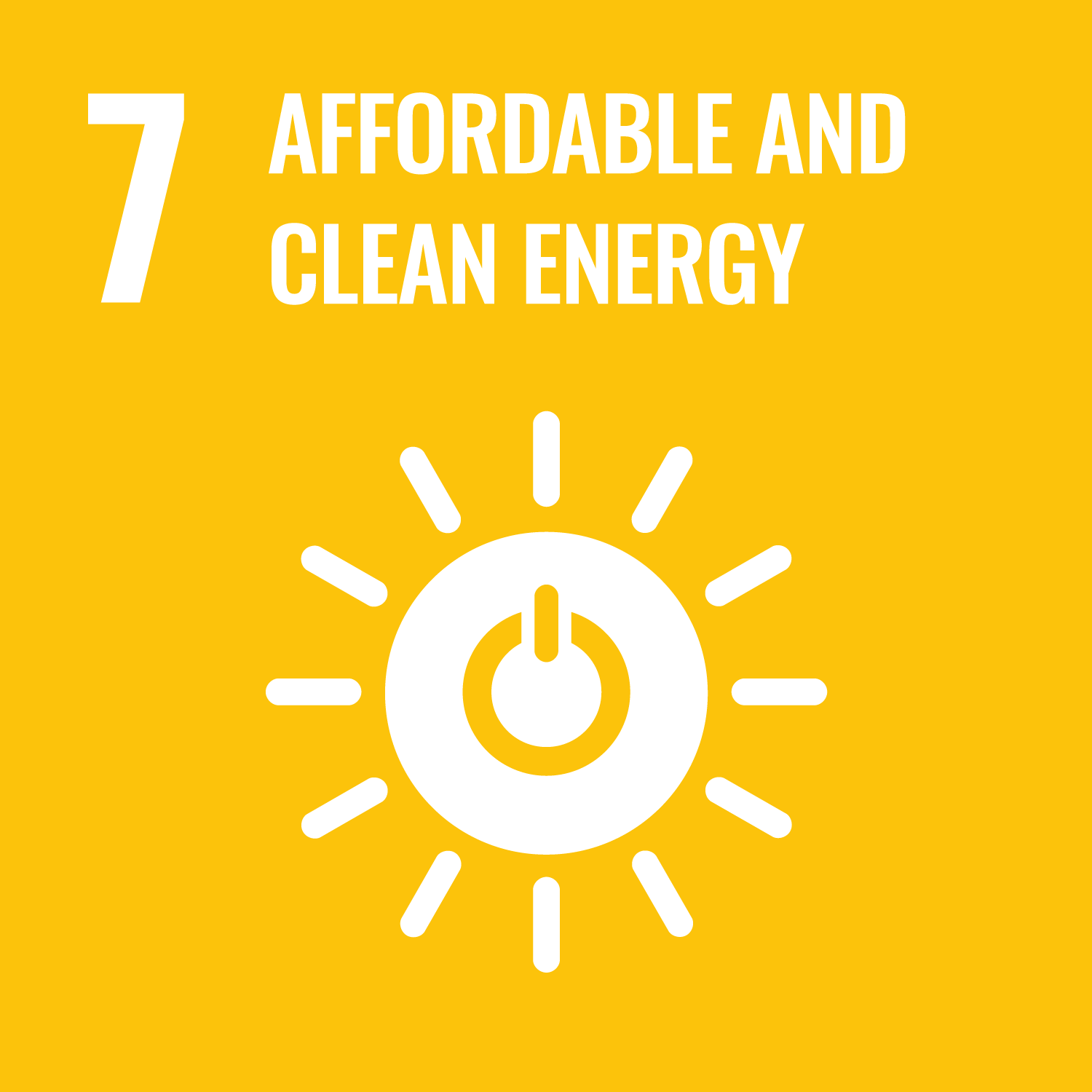
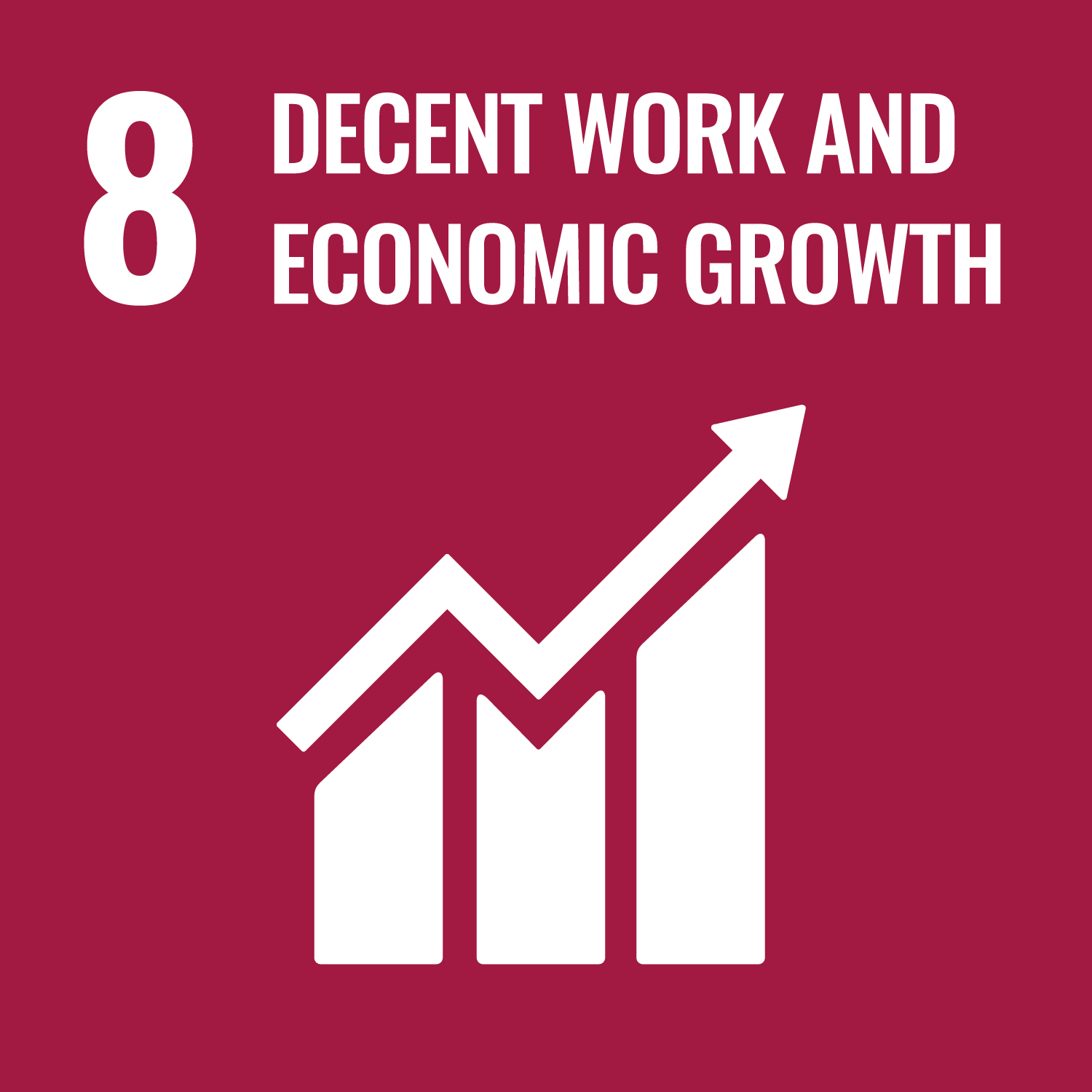
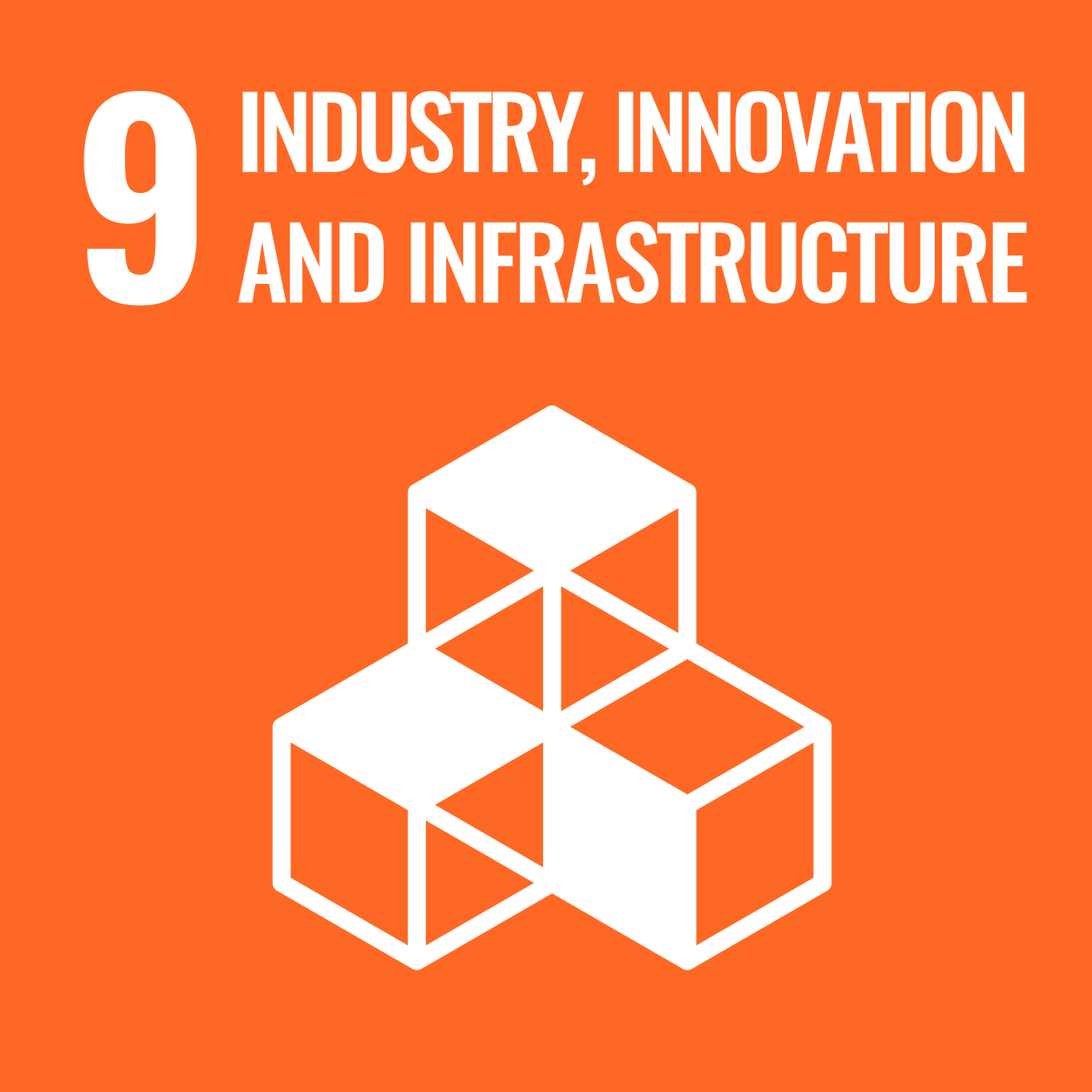
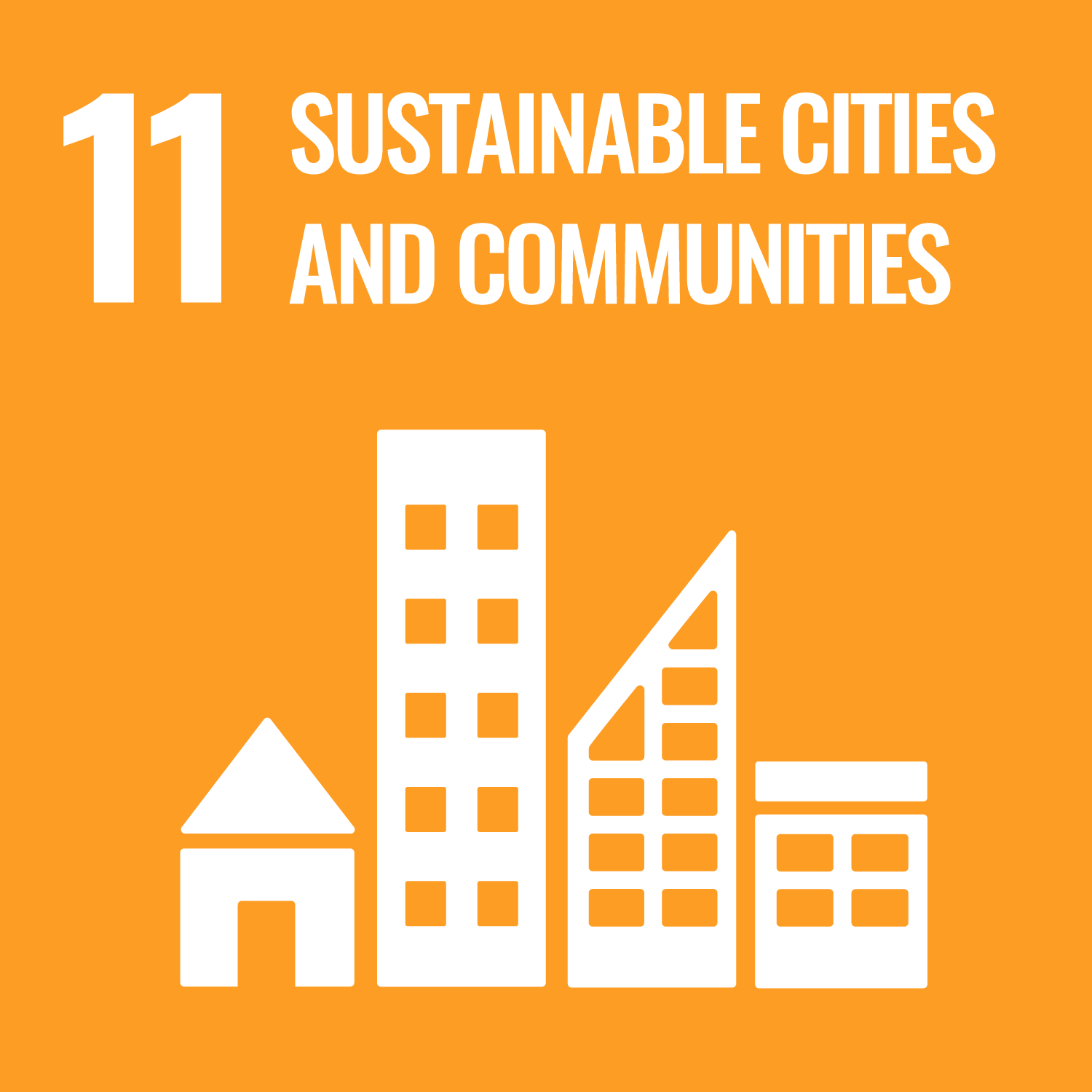

Program of the seminar is as the following
| Opening Remarks |
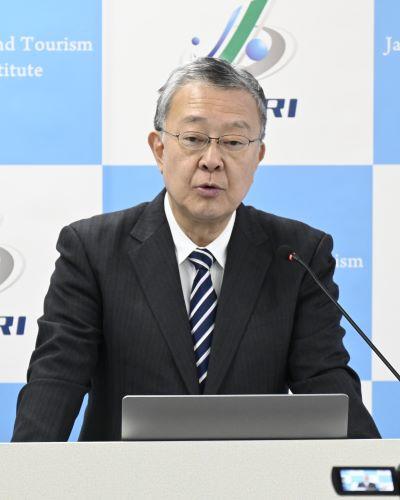
Tetsuya Okuda |
|---|---|
| Lecture | |
| Comment |
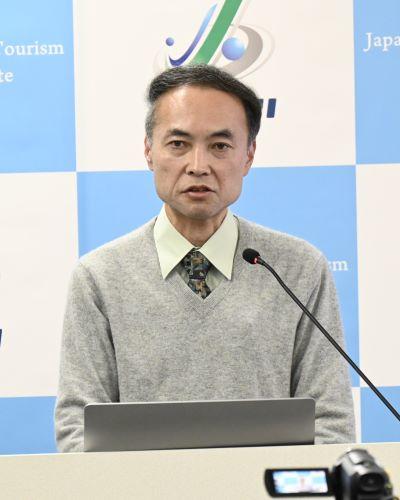
KAKIZAKI Ichiro |
| Discussion |
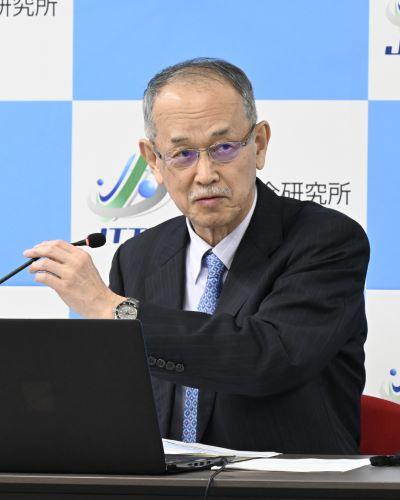
Cordinator:YAI Tetsuo |
Outline of the seminar
Research Fellow Minami of JTTRI’s ASEAN-India Regional Office conducted a presentation titled “Analysis of HSR development schemes in Southeast and South Asia.” The following is its overview.
1.Introduction (background and purpose)
Japan is involved in multiple urban and inter-city railway projects in Southeast and South Asia. However, the number of ongoing High-Speed Rail (HSR) projects are few and far between in these regions, and a project in India is the only case with Japanese involvement at present.
This study aimed to identify HSR development schemes in Southeast and South Asia, as well as their characteristics and challenges that can be used as reference in future HSR projects. The study covered (1) Bangkok – Nong Khai HSR, (2) Mumbai – Ahmedabad HSR, (3) Jakarta – Bandung HSR, (4) Laos – China Railway and (5) HSR Linking 3 Airports.
2.Project overview
The projects can be summarized as below with a focus on project background, purpose and relationship with partnering countries:
|
Project |
Background and purpose |
Relationship with partnering countries |
Factors considered when choosing a partnering country |
|
(1) Bangkok – Nong Khai HSR |
• Inter-city connection • Improving connectivity with neighboring countries |
• Consulting China since the initial planning stage |
Geographical proximity with the partnering country |
|
(2) Mumbai – Ahmedabad HSR |
• Demand increase for railway transportation • Reinforcing transportation capacity and achieving inter-city connection |
• Adopting a Japanese proposal combining the Shinkansen system (standard gauge, dedicated tracks) and low-interest yen loan |
Proposal that meets the needs of the project country |
|
(3) Jakarta – Bandung HSR |
• Inter-city connection • Indonesian government reluctant to make fiscal outlay and provide loan guarantee |
• Adopting a Chinese proposal that does not demand that the Indonesian government make fiscal outlay or provide loan guarantee |
Proposal that meets the needs of the project country |
|
(4) Laos-China Railway |
• Improving connectivity with neighboring countries • Commemorating Laos’s 40th anniversary |
• Consulting China since the initial planning stage |
Geographical proximity with the partnering country |
|
(5) HSR Linking 3 Airports |
• Smooth transfer between airports • PPP promotion |
• No specific partnering country |
None |
3.Project schemes
The projects can be categorized as below with a focus on project funding / loan and EPC structure:
|
Project |
Project funding / loan |
EPC structure |
Project method category |
|
(1)Bangkok – Nong Khai HSR |
Funding: Thai government (100%) Loan: None |
• Development structure in line with Thai government’s intentions • Participated by many Thai companies |
Public works method |
|
(2)Mumbai – Ahmedabad HSR |
Funding: India’s national and state governments (100% in total) Loan: Indian government (81% of the project cost) |
• From tied assistance to change of funding conditions • Participated by many Indian companies |
Public works method |
|
(3)Jakarta – Bandung HSR |
Funding: Indonesian companies (60%), Chinese companies (40%) Loan: KCIC (75% of the project cost) |
• Centrally handled by a contractors’ consortium • Five Chinese funding companies all participated in EPC. |
Joint funding by companies from both countries; The partnering country’s funding companies are mainly handling EPC |
|
(4)Laos – China Railway |
Funding: Lao company (30%), Chinese companies (70%) Loan: LCR (60% of the project cost) |
• Contractor selected by bidding • Multiple Chinese funding companies participated in EPC |
Joint funding by companies from both countries; The partnering country’s funding companies are mainly handling EPC |
|
(5)HSR Linking 3 Airports |
Funding: Thai government, Thai companies, Chinese company Loan: Public sector – none, private sector – unknown |
• (Implementation structure unknown as the construction has not started) |
Public-Private Partnership (PPP) |
4.Characteristic initiatives and tasks
This chapter identifies and describes characteristic initiatives and tasks that can be used for reference from the perspectives of freight transport handling, site acquisition, technical standards and station area development.
With regard to the handling of freight transport, (1) The Bangkok – Nong Khai HSR is being constructed as a dedicated passenger transport line, rather than incorporating freight transport. (2) The Mumbai – Ahmedabad HSR is developed as a dedicated line for passenger transport, while a separate line dedicated to freight transport is under development. (4) The Laos – China Railway is operated as a combined line for both passenger and freight transport.
With regard to land acquisition, four projects other than (4) Laos – China Railway involved the project body acquiring sites. (4) The Laos – China Railway is different in that land acquisition was conducted by the Laos government and local governments.
As for technical standards, in (2) Mumbai – Ahmedabad HSR, supported by Japan, assistance is provided for developing legal systems, technical standards etc. in view of the project country’s current status and needs. In contrast, (1) Bangkok – Nong Khai HSR, (3) Jakarta – Bandung HSR and (4) Laos – China Railway, supported by China, has adopted Chinese technical standards with no confirmed initiatives for system development.
As for station area development, in (2) Mumbai – Ahmedabad HSR, which Japan supports, assistance for station area development was made available from the construction stage. In (3) Jakarta – Bandung HSR, supported by China, there is underdevelopment of feeder transport at the stage of trial operation. The two countries’ stance on station area development is very different.
5.Summary / considerations
These projects, if examined based on project background and past developments, can be categorized into (A) projects in which geographical proximity with a partnering country is considered, (B) projects that involve inter-governmental agreement based on a partnering country’s proposal and (C) projects that go ahead without a specific partnering country, e.g. PPP. If examined based on funding and EPC structure, they can be categorized into (a) public works, (b) jointly funded projects by two countries, and (c) PPP projects. In order to broaden Japan’s scope of overseas deployment of its HSR system, it is important to formulate strategy, system and structure that facilitate participation in projects under diverse development schemes.
If focused on characteristic initiatives and tasks, the project supported by Japan implemented initiatives according to business stages such as assisting the development of legal and technical standard systems at the design stage and assisting the development of station areas at the construction stage. In contrast, the projects supported by China do not appear to implement such initiatives based on document research and interviews with stakeholders. One of the differences between projects supported by Japan and those supported by China is the existence or absence of systematic software support in stages corresponding to project countries’ status and needs. Japan’s overseas deployment in the railway field, not limited to HSR, involves the application of diverse software supports. Those experience and achievements can be highlighted in promoting future overseas deployment.
One of the commentators, Professor Kakizaki of International College of Liberal Arts, Yokohama City University, commented on the presentation by Research Fellow Minami, as summarized below:
①Transition of construction and administration systems for Bangkok’s urban rail systems
・The development plan for Bangkok’s urban railway emerged in the 1970s. Construction began in the 1990s with the service launching at the end of 1999 and full-scale operation began in the 2010s. Today’s urban railway network features 10 lines in 8 systems, covers the total length of 277km and services some 1.1 million passengers per day on average (2019).
・There is a diverse range of rail systems including ordinary rail, medium-speed rail, new transit system and monorail, operated under the jurisdiction of various organizations including the Bangkok Metropolitan Administration (BMA), Mass Rapid Transit Authority of Thailand (MRTA) and State Railway of Thailand (SRT). This has led to the lack of centralized administration.
・In terms of construction and administration methods, Thailand’s railways adopted the licensing method in the 1980s – 1990s (100% private sector, ground – track separation), and switched to the Turn Key and Operation on Contract approaches (BMA) in the 2000s (under the Thaksin administration). The PPP Gross Cost method was adopted in the post-Thaksin era, replaced by the PPP Net Cost method in the 2010s. The overall approach has been to let the private sector fund rail projects, with the government contributing financially only when a project ran into difficulty.
② Expectations for high- and medium-speed railways in Southeast Asia
・The Laos-China Railway opened in 2021 and has enjoyed a steady increase in cumulative transportation volumes (for both cargoes and passengers).
・An inland port (Dry Port) was developed at Thanaleng, enabling container reloading between Thailand’s meter gauge trains and China’s standard gauge trains. Also, there have been trial operations of “direct” train services between Kunming and Bangkok and “direct” transportation between Moscow and Bangkok, complementing the Laos-China Railway as new freight transportation routes between Thailand and China (and even all the way to Europe).
・In Thailand, expectations for international freight transportation are growing. A medium-speed rail project has been upgraded to HSR while cargoes are carried on conventional lines. If connection to the Laos-China Railway is established, there will inevitably be calls for direct freight train services at the standard gauge.
・In Southeast Asia, there is greater emphasis on freight transportation than passenger transportation. This means medium-speed railway is more suitable, making the standard gauge a practical option for its application in both passenger and freight transportation. Connectivity, i.e. direct service capability is crucial, giving an edge to China’s railway system.
・Japan’s Shinkansen system has possible application in passenger transportation, which does not need to consider “connectivity.” It therefore has low expectation in the continental Southeast Asia, but some potential in island regions such as the Philippines. India uses Japan’s Shinkansen system, giving it a greater potential in terms of connectivity if their HSR network needs to be expanded.
In the discussion session that followed, Research Fellow Minami firstly provided responses to Professor Kakizaki’s questions.
【Professor Kakizaki】
This report examined five projects in Southeast and South Asia. If seen in a broader perspective, what elements would present universality or uniqueness of these projects?
【Research Fellow Minami】
My response is based on interpretation that a “broader perspective” refers to a “a regional perspective or perspective of railroad categorization.” Universality is presented in diverse development schemes, bi-polarization between public works projects and projects using overseas capital / private-sector capital, and tendency for the project cost to increase and the project duration to extend compared to what was initially planned. Uniqueness is presented in the practice of partnering countries sharing project risks in Indonesia and Laos, and HSR being under a greater impact from political factors compared to urban rail systems.
【Professor Kakizaki】
The approach of combining railway development / administration with station area development (land development) is important in terms of improving project profitability. What are challenges in this approach?
【Research Fellow Minami】
This approach would increase the overall project cost. If single entity is to handle both, the hurdle for raising and recovering fund becomes higher. In order to maximize gains from both railway operation and station area development, it is necessary to conduct systematic development from the perspective of project scheduling. (Maximum gain cannot be achieved if only one of the two is launched first.) The challenge is whether a business entity can be established to efficiently and economically manage railway development, railway operation and station area development.
【Professor Kakizaki】
The report highlights several directions that Japan should follow in the future. What do you think are Japan’s strengths?
【Research Fellow Minami】
Japan’s strengths are “software support,” “long-term and low-interest yen loans,” “high-quality overseas infrastructure deployment (e.g. A Japanese company provides maintenance work to the Purple Line of Thailand’s urban rail network. It has a lower rate of transport faults compared to other lines.)” and “safety, life cycle cost.”
Next, the coordinators namely JTTRI’s President Yai, Professor Kakizaki and Research Fellow Minami held discussions and answered questions from participants, as outlined below:
【President Yai】
① What schemes do you think are best in promoting HSR further? Do you have any ideas in view of, for example, the history of rail system schemes in Thailand?
② Passengers will be able to enjoy direct railway services using the Thai-Chinese network in the future. However, my understanding is that freight transportation would still require reloading. Thailand appears to have greater emphasis on cargoes. Yet, having no direct connectivity for cargoes when passengers are connected over a rail network does not seem to be a desired direction. Can you explain more about this?
【Professor Kakizaki】
① HSR develops differently depending on whether a national railway corporation takes the lead in the project or whether it is another business entity that takes the initiative. For example, the HSR linking Malaysia and Singapore is run by a business entity other than a state corporation. The Malaysian and Singaporean governments leave the railway operation to the private sector. Some HSRs rely heavily on the private sector while others could be under PPP but with reduced government involvement. A small-scale operation, e.g. a short-distance line on the outskirts of a city, can be run 100% by the private sector, but a larger-scale project has no choice but to choose a format with greater government involvement.
② The Laos-China Railway was developed in HSR specifications and is currently dedicated to passenger transportation. However, since it was originally planned to accommodate freight trains as well, it can allow direct freight train services in the future without any major alterations. As for the direct passenger services operating between Kunming and Vientiane, the train stops for 1.5 hours each at China’s and Laos’s border stations for immigration control and other procedures. Even if passengers may be able to travel directly between Laos and Thailand, the number of users is not expected to become too high, providing no feasibility as the primary means of transportation.
【Research Fellow Minami】
When containers are reloaded at the dry port, the Lao side charges a service fee. Some said, in a hearing, that reloading is used as an income-generating practice. If it becomes possible to transport cargoes directly from Kunming to Bangkok on HSR, such trains would travel straight past Laos. The country might want to maintain the reloading practice from the perspective of securing their vested interest.
【President Yai】(Questions from an online viewer)
① The presentation indicated that Japan provided system support to India. However, if Japan is providing Shinkansen standards with no connectivity to conventional lines, how would it be different from China applying its standards to Laos, Thailand and Indonesia? Are there any specific aspects representing localization in India?
② In Indonesia, in particular, wayside development is one of KCIC’s source of revenues but forces new railway stations away from city centers. What appeals does Japan’s TOD have in terms of profit?
【Research Fellow Minami】
① China’s technical standards are used in Laos, Thailand and Indonesia. Building railway routes with technical standards in the absence of system development would make the standards as a default choice for future projects. In contrast, technical standards are applied in India after system development. Indian government’s intentions become reflected to the choice of technical standards in the future. That is the difference.
② TOD projects, commonly seen in Southeast Asia, use commercial facilities, built near a station, as the main sources of income (even though this might be slightly outside the perspective of profitability). In contrast, Japanese TOD projects involve not only developing commercial facilities and office buildings but also securing space for a station plaza as an important element. The combination of these factors can create an appeal unique to Japan.
【Professor Kakizaki】
The issue of land ownership comes up when exploring wayside development. The best scenario is for business stakeholders to own applicable lands. In the case of the Don Mueang–Suvarnabhumi–U-Tapao HSR project, the railway operator was able to use vast lands held by the state railway to develop and generate income, thereby supplementing the profitability of railway operations. The issue is whether there is land available that can be utilized freely. Thailand has a rule that allows a generous amount of wayside lands to be occupied for railway construction. The country utilizes lands along conventional lines and embraces the approach of making railway development with minimal land acquisition. Situations vary from country to country, which should also be taken into account.
【President Yai】(Question from an online viewer)
Vietnam’s North-South railway is not linked to China yet. Does that mean Japan still has a chance?
【Professor Kakizaki】
The question is whether Vietnam wants to use it only for passenger transportation or combine freight transportation as well. Currently there is a direct service from China to the outskirts of Hanoi. A medium-speed rail system is more desirable if the service should be extended to Ho Chi Minh. If it should be dedicated to passenger transportation, Japan still has a chance. It is up to Vietnam which side to choose.
【President Yai】(Question from an online viewer)
With a variety of projects underway, is it correct to say that the importance of connectivity is increasing? In the given situation, in the absence of an organization like ERA, what kind of organization should be exploring the degree and direction of connectivity?
【Professor Kakizaki】
The term “connectivity” is something that ASEAN uses actively. The pillar of ASEAN’s connectivity initiative is to establish seamless national borders to boost the sense of togetherness within the region. In this sense, there is no doubt that connectivity will become more important than ever before. One of the key pillars of railway transportation is international cargoes, which boost the importance of connectivity even further.
As for determining the direction, it is possible to explore shared connectivity rules across ASEAN. Individual countries’ urban rails do not need to consider connectivity and use their own systems. HSR, on the other hand, needs to emphasize connectivity and have some form of standards defined.
【President Yai】
One of the achievements of this presentation is to have summarized the schemes of five projects. The study would become even better if it covered each of the countries’ planning structure and higher-order plans. For example, India has recently seen the review of a railway network plan and the amendment of the land acquisition law. It should be examined to what extent Japan has updated systems such as the Nationwide Shinkansen Railway Development Act and the Expropriation of Land Act in view of the level of global standards.



